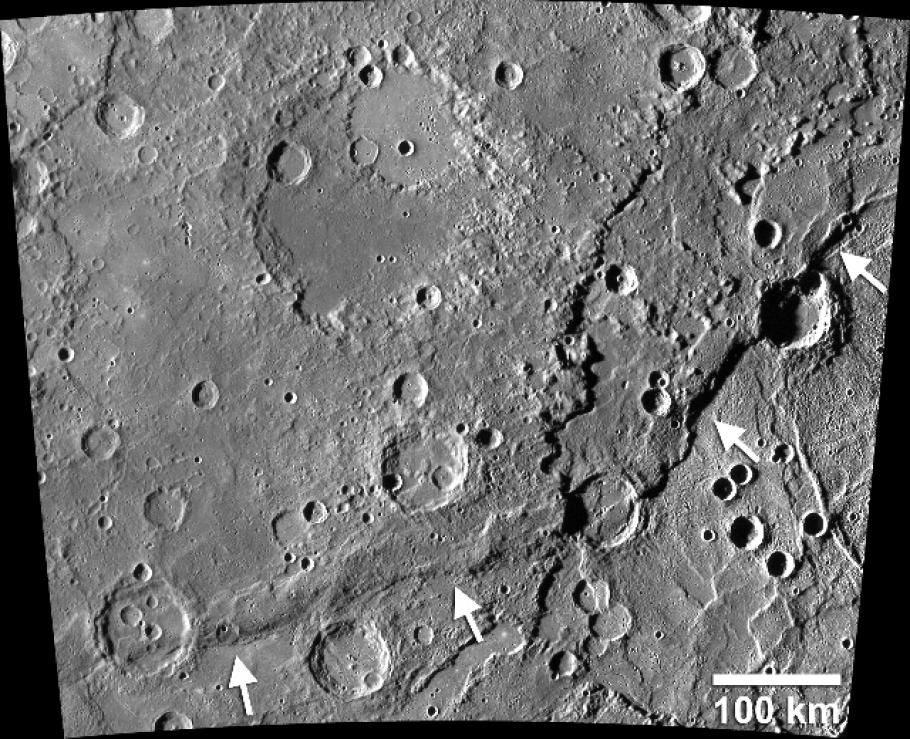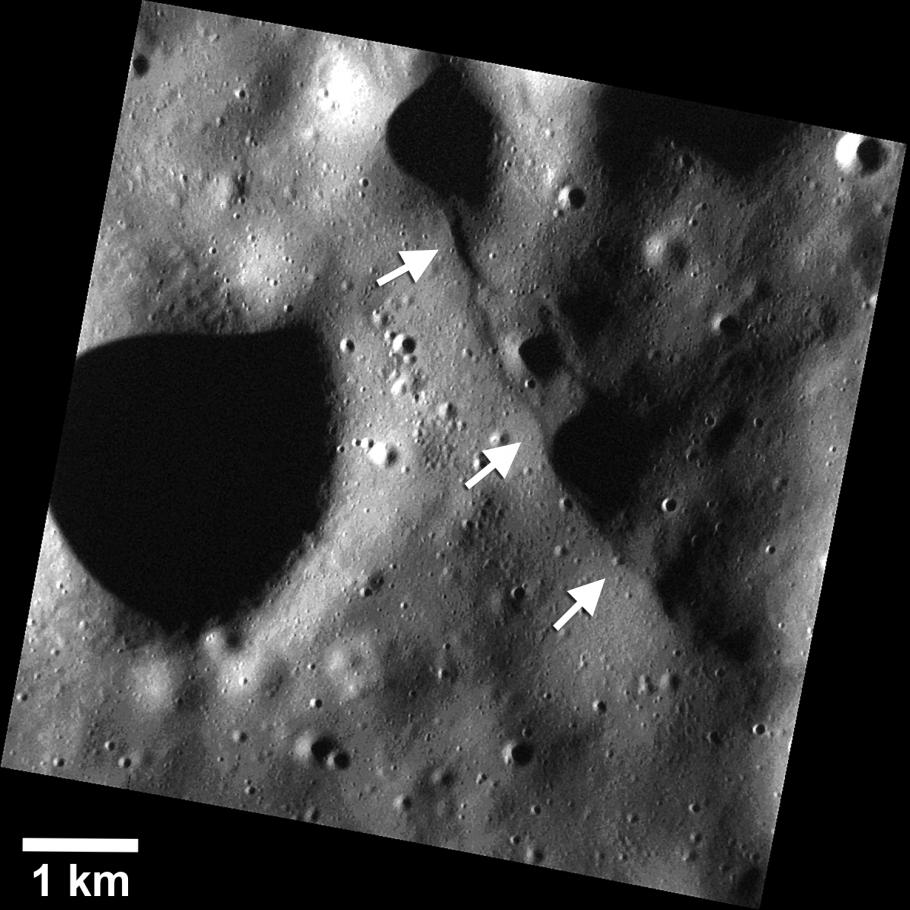Today, the MESSENGER spacecraft will succumb to the influence of gravity and impact on the surface of Mercury. Its last orbit correction maneuver was successfully executed on Tuesday, April 28– there’s nothing left in the fuel tank. I’ve been involved in the mission for more than a decade as a member of the science team and one of the team that tested and calibrated the Mercury Dual Imaging System cameras on the spacecraft.
How do I feel about the end of the MESSENGER mission? Of the planetary missions I’ve had the opportunity to be directly involved with, MESSENGER was the first. Although there’s no such thing as a run-of-the-mill planetary mission, MESSENGER is truly one for the record books. It was the first spacecraft to enter and operate in Mercury orbit where it has performed almost flawlessly for over four years. The images returned by the cameras were remarkable, and for the first time we saw the entire surface of Mercury at a level of detail that can only be captured from orbit. With the other instruments on MESSENGER, the topography, chemistry, gravity, magnetic field, and space environment of Mercury were all measured.
For someone like me who studies faults on Earth-like planets, it’s been an amazing experience. MESSENGER revealed the vastness of an array of large thrust fault scarps first discovered in the flybys of Mariner 10 in mid 1970s. These fault scarps look like a stair-step in the landscape formed when crustal materials are pushed together, break and are thrust upward along the fault making a scarp. They are evidence that Mercury has contracted over much of its geologic history. For the last phase of the mission, the minimum altitude of the spacecraft was lowered, giving us the opportunity to image the surface in much greater detail than ever before. In the highest resolution images, my team and I have discovered very small fault scarps – fault scarps so small they must be extremely young. These small scarps tell us that there has been very recent contraction of Mercury from continued cooling of the planet’s interior.
Enterprise Rupes, (indicated here with white arrows) about 1000 km long and with over 3 km of relief, is the largest lobate scarp on Mercury! The MESSENGER spacecraft has confirmed that the contraction of Mercury has resulted in a global array of lobate scarps, tectonic landforms that are the surface expression of thrust faults. Many lobate thrust fault scarps, such as Enterprise Rupes, are large, often hundreds of kilometers long, and display hundreds to thousands of meters of relief, in contrast to the small scarps more recently being identified on Mercury.
Images obtained after lowering the MESSENGER spacecraft’s altitude have revealed a population of small fault scarps (white arrows) on Mercury. They can be more than an order of magnitude smaller in size than their larger counterparts, like Enterprise Rupes. These small scarps are less than 10 km in length and have only tens of meters of relief. They are comparable in size and morphology to small fault scarps imaged on the Moon by the Lunar Reconnaissance Orbiter, suggesting that these small scarps are relatively young, and raising the possibility that some are even active today!
So, how do I feel about the end of the MESSENGER mission? I’m one of those people who gets overly attached to things, like cars. Recently I had to finally let go of a classic car I owned for a long time. It was the first new car I ever owned, and it felt like I’d lost an old friend; it still does. The impending loss of MESSENGER feels a lot like that – a classic you just can’t hold on to. The difference with MESSENGER is the rich legacy of images and data it will leave behind. The roughly 16 meter diameter crater it will make on impact will be a monument to a great mission and our first real exploration of Mercury.

